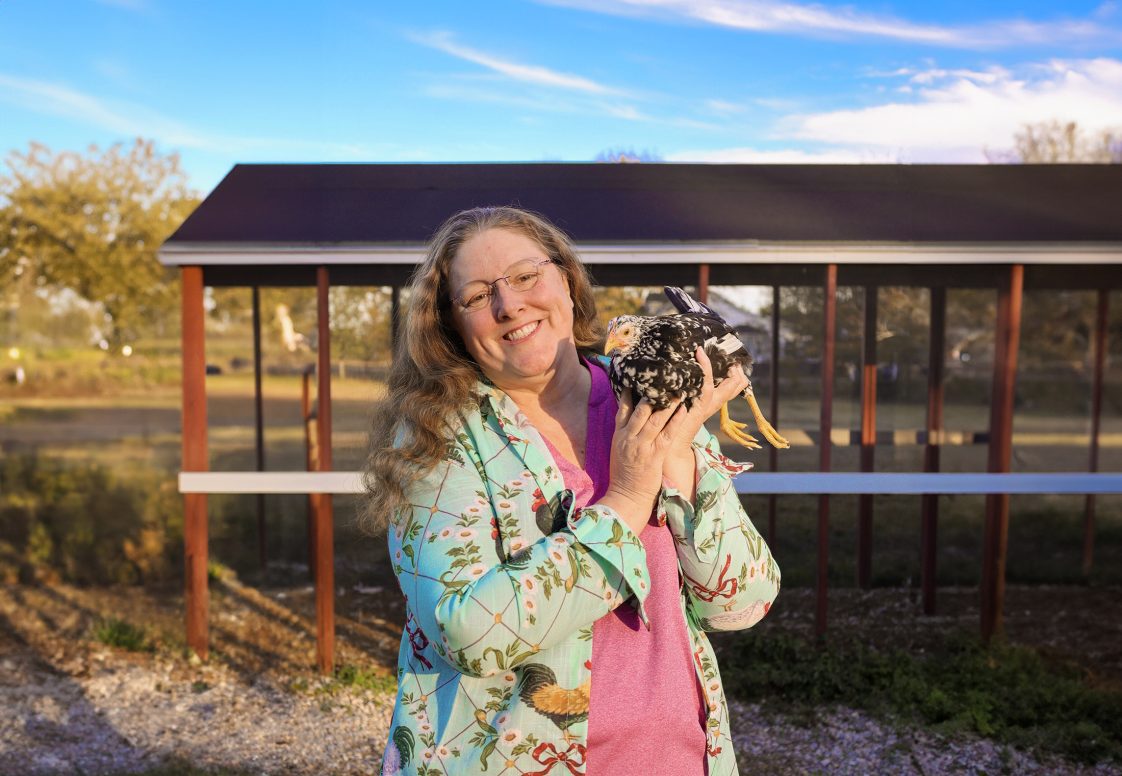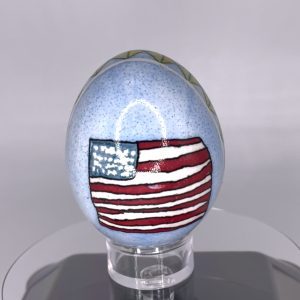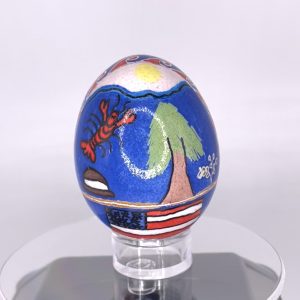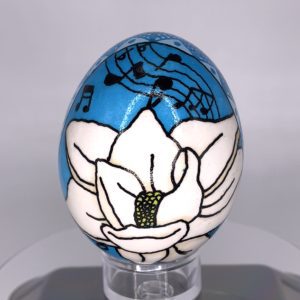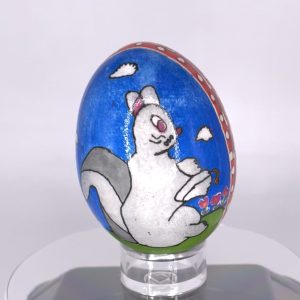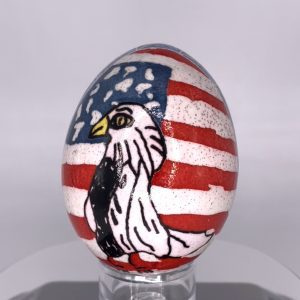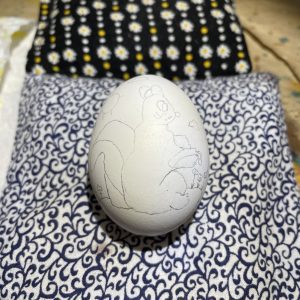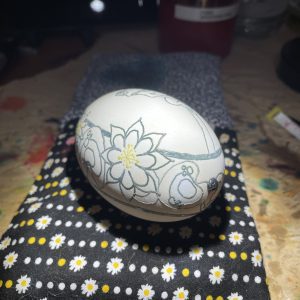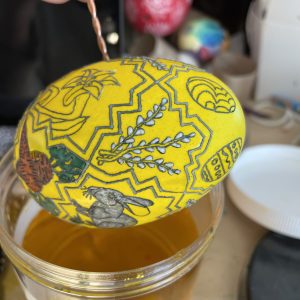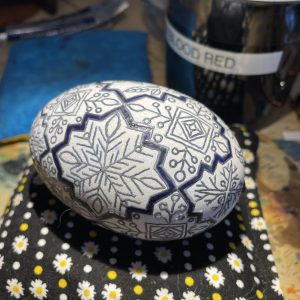Alabama 4-H

AUBURN UNIVERSITY, Ala. — From the chicken coop all the way to the White House, Brigid McCrea can’t get enough of the poultry industry. As an Alabama Cooperative Extension System specialist, she works with 4-H members and small flock producers on a variety of poultry-related topics. In her personal time, she is an egg artist, depicting beautiful scenes on delicate eggshells. Through this artistry, McCrea’s work was part of the White House’s Easter Colonnade of Eggs this year.
What is the Colonnade of Eggs?
The Colonnade of Eggs is a recent addition to the traditional Easter celebrations at the White House. It is a spring showcase that displays egg art representing a particular theme. The colonnade was inspired by the American Egg Board’s annual tradition of presenting the First Lady with a commemorative egg.
The theme for the 2024 Colonnade of Eggs was inspired by First Lady Jill Biden’s work with military families. The egg drawings were all designed by children from National Guard families. The chosen designs were then portrayed on eggs by artists from across the country. All 50 states and several territories were represented. This year, McCrea was the artist that created the eggs representing Colorado, Maine, Mississippi, North Carolina and North Dakota.
“This is the second year I have participated in the celebration, and it is just about the coolest thing I have ever done,” McCrea said.
- Colorado
- Maine
- Mississippi
- North Carolina
- North Dakota
- The beginning stages of creating the egg representing North Carolina.
Her Start as an Egg Artist
When it comes to McCrea’s level of egg artistry, it is a little more complex than your traditional Easter-egg dyeing. She uses different techniques to create her artwork, including modern and traditional pysanky, Lemko pysanky and scratch.
The pysanky technique is a wax-resist method of dyeing eggs. McCrea starts by drawing the design on the eggshell in pencil. She then uses a kistka to overlay the design in beeswax. She then dyes the egg and repeats the steps to add new elements and colors. Using the scratch technique, McCrea dyes the egg and uses a sharp tool to scratch the egg back to white.
“When I lived in Delaware, the wife of the Extension poultry specialist in Maryland taught me about the Pysanky method,” McCrea said. “We spent a whole day getting me started, and I found it fascinating. From there, I bought my own kit and took several classes to improve my skills.”
Thanks to 4-H and Mentors
McCrea started working with Alabama Extension in 2017 as the specialist overseeing the small-animal programs for Alabama 4-H. Working with these programs seems fitting, being that 4-H is what set McCrea on her career path.
“I grew up in the city, Los Angeles and the Silicon Valley in fact,” McCrea said. “All things considered, it is quite unusual that I chose a career in agriculture. I have 4-H to thank for my very fulfilling career choice.”
Through her career, McCrea has worked for Cooperative Extension in various states for more than 20 years. While 4-H set McCrea up for success in the agriculture industry, she credits her interest in poultry to her mentors.
“Because I had access to wonderful Extension poultry veterinarians and specialists, I chose to pursue a career in poultry Extension,” McCrea said. “I love working and rooting for the underdog. In my case, that solidly falls in the realm of backyard and small-flock owners, because they are often overlooked by most land-grant universities.”
Combining Art and Science
In her current role with Alabama Extension, McCrea looks to create new and innovative ways to share information. To establish more learning opportunities for backyard and small flock owners, McCrea started the Cooptastic conference in 2010 while working in Delaware. Bringing it to Alabama in 2020, McCrea hosts this annual conference as the country’s foremost conference solely dedicated to small-flock owners.
Through her work with 4-H, McCrea oversees programs that teach and support members in various facets of small-animal production. In the Fur and Feathers Show, members can demonstrate their proficiency in poultry and rabbit showmanship in friendly competition. Through the Golden Egg Contest, 4-H members showcase their ability to raise chickens, produce high-quality eggs and select their flock’s best eggs.
Whether it is backyard producers or 4-H members, McCrea hopes that she is helping people see that there is a tie between art and science.
“Science and art can go together, and they have a long history of doing so,” McCrea said. “When creating egg art, you will notice that some types of eggs accept the dye better than others. It comes down to the science behind how the hen creates that precious and protective eggshell. At the end of the day, I hope that the programs I work with inspire people to uncover more connections between art and the agricultural sciences.”

